Nebbiolo is a red wine grape variety, known to winemakers for many centuries. It's characteristic of Italy but is grown in other countries as well, among which are the US, Argentina, Mexico and Australia. Its synonyms include Pugnet, Chiavennasca, Spanna and Picotener.
Nebbiolo is easy to recognize. It has a medium sized leaf, colored dark green, is dense and soft, with a lush surface, tripartite or pedate. On the underside it's covered in a soft fuzz. The grape cluster of Nebbiolo is relatively large, cylinder-shaped, densely packed. The grapes are not particularly large. They are round and colored in dark blue or a saturated purple. The flesh is juicy, covered by a thin skin. They give dark red wines with an orange hue.
Nebbiolo is a variety difficult to grow since it is picky when it comes to soil and climate. The vines grow best if planted in chalky soils in a south or southwest facing parcel. The quality of the soils impacts the taste of the fruit.
There are altitude requirements as well, the ideal range being between 492 ft (150 m) and 984 ft (300 m) above sea level. Furthermore, the growing area intended for the variety must be neither cold, nor windy. Nebbiolo vines have medium growth. If grown in the proper conditions, this variety blooms early.
At the same time, it ripens late, which is why the grape harvest occurs during October. Once planted in suitable terrain, the variety grows strong and healthy. In that case it rarely succumbs to diseases or freezing. Lately, there have been efforts made to study the potential of this grape variety outside Piedmont, Lombardy and Valtellina.
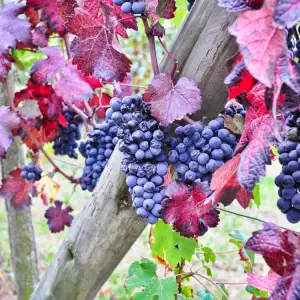
History of Nebbiolo
Nebbiolo has a very old history. It originates from the Piedmont region of Italy. The grape was grown as far back as during Roman times. There are 2 theories regarding the origin of its name. Many believe that nebbiolo comes from the Latin word nobile, which translates as noble. Others look for the roots of the name elsewhere. According to them, it's more likely for nebbiolo to be related to the word nebbia, meaning fog. In fact, fog is a common sight in Piedmont in October, when the ripened harvest is collected.
Characteristics of Nebbiolo
Wines derived from Nebbiolo are characterized by a garnet red color but bearing an orange hue. The fragrance of the grape elixir is alluring and compelling. Once you smell the aroma of the drink your mind will instantly be transported to a green field abundant with violets. Lighter hints of soil are also noticeable. Winemakers frequently add aromas of small fruits, such as plums, blackberries, raspberries and even chocolate. Sometimes one may sense tea leaves, roses, spices and resin.
Wines from Nebbiolo are high in alcohol. The amount of tannins in them is also significant. They are also distinguished by an excellent acidity. Nebbiolo wines require serious aging in vats or bottles. It is thought that aging the drink in wooden barrels helps it develop an aristocratic flavor. That is why winemakers let them age for entire decades sometimes. The grape is used to produce quality wines such as Sizzano, Carema, Langhe Nebiolo. It is part of the composition of certain wine blends.
Serving Nebbiolo
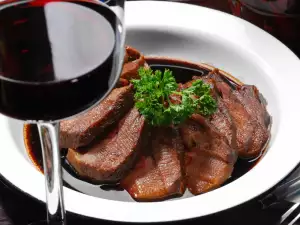
Nebbiolo wine is elegant and fine. It deserves to be served properly. To begin with, choose proper glasses for the beverage. You can always go with any old classic wine glass but true aficionados choose a glass with the most appropriate shape, where every little detail reveals the best side of the aristocratic Nebbiolo.
For it, they recommend an elongated wine glass; it must not be small. These widen gradually and barely noticeably downward, while at their top they are narrowed. This shape allows the fragrance to gradually rise up, allowing the best possible experience of the richness of the flavors. Upon serving, the wine must not be too cool. It's good for the temperature to be about 60°F (17 °C).
Combining a wine with an appropriate food is often a challenge. The reasons for this is that the foods usually present on our kitchen table are perhaps not the most suitable side dishes to combine with a given drink. Then we are faced with the dilemma of whether to follow the culinary rules or rely solely on our taste.
Each person must decide this for themselves but we must still not forget that the foods we pick should not overshadow the positive characteristics of the wine and all of its charm but rather only reveal and highlight them. In other words, we shouldn't choose foods containing sharp and intrusive tastes and aromas.
As far as Nebbiolo goes, you can bet on beef. You can try beef rolls with tomato sauce, beef with quinces or roast beef. Veal dishes or dry appetizers are also a fine choice. If you love dairy products, you can forget about meat and combine Nebbiolo with some kind of cheese. Chefs highly recommend blue cheese.
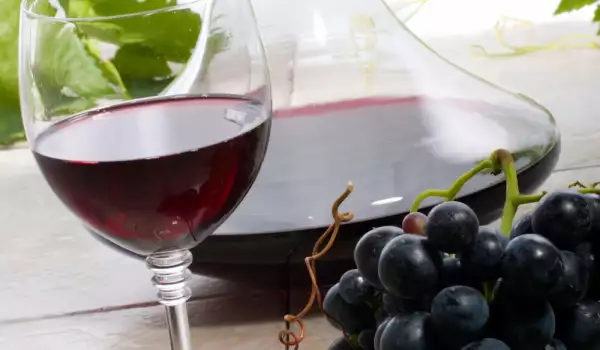
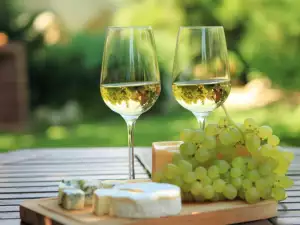
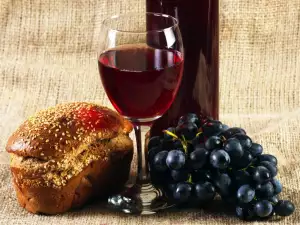

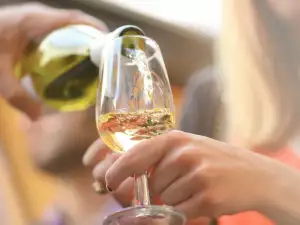
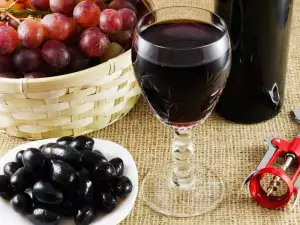
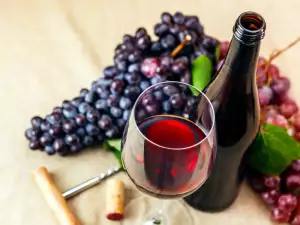
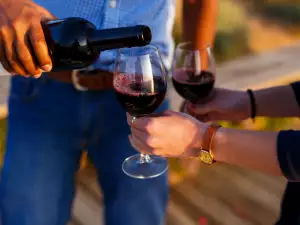
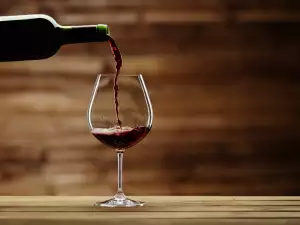
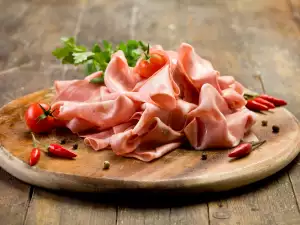
Comments